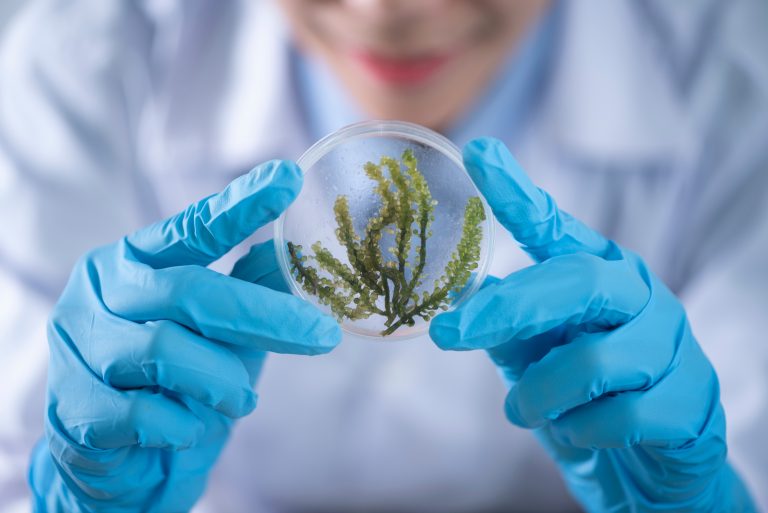Bioengineering is a dynamic and rapidly evolving field that merges biology with engineering principles to develop innovative solutions for healthcare, environmental, and industrial challenges. Here are five fascinating facts about bioengineering as highlighted by Curtis Cripe that highlight its transformative impact on our world.
1. Regenerative Medicine and Tissue Engineering
One of the most exciting areas of bioengineering is regenerative medicine, which aims to repair or replace damaged tissues and organs. Tissue engineering, a subset of this field, involves creating biological tissues using a combination of cells, scaffolds, and biologically active molecules. Scientists have made significant strides in growing tissues such as skin, cartilage, and even complex organs like hearts and lungs in the lab. These advancements hold the promise of revolutionizing transplantation, reducing the dependence on donor organs, and improving the quality of life for patients with chronic diseases and injuries.
2. CRISPR and Genetic Engineering
Aside from regenerative medicine and similar apparitions, CRISPR and genetic engineering hold significant value. CRISPR, a groundbreaking gene-editing technology, has opened new frontiers in bioengineering. This tool allows scientists to precisely modify the DNA of living organisms, enabling the correction of genetic defects, the study of gene functions, and the development of genetically modified organisms (GMOs) for agriculture. In medicine, CRISPR holds the potential for treating genetic disorders such as cystic fibrosis and sickle cell anemia by correcting mutations at their source. The ability to edit genes with such precision and efficiency is a testament to the power of bioengineering in transforming our approach to genetic diseases.
3. Bio-informatics and Computational Biology
The methods previously mentioned are thus imperative to bioengineering. An interesting fact would be that the integration of bio-informatics and computational biology into bioengineering has revolutionized the way we analyze biological data. These fields use algorithms, statistical models, and software tools to interpret complex biological information, such as genomic sequences and protein structures. By harnessing the power of computational analysis, bio-engineers can identify disease-associated genes, predict the effects of genetic variations, and design targeted therapies. This synergy between biology and computer science accelerates the pace of discovery and enhances our understanding of living systems.
4. Bio-materials and Bio-compatible Devices
Consequently, keeping the learning spirit ongoing, yet another fact would be that Bioengineering has led to the development of advanced bio-materials that interact with biological systems safely and effectively. These materials are used to create implants, prosthetics, and medical devices that integrate seamlessly with the human body. Innovations include bio-compatible stents that prevent artery blockage, artificial joints that mimic natural movement, and smart drug delivery systems that release medication at controlled rates. The continuous improvement of bio-materials enhances the performance and longevity of medical devices, improving patient outcomes and quality of life.
5. Synthetic Biology and Biohybrid Systems
Lastly, as Curtis Cripe explains, synthetic biology is a cutting-edge field within bioengineering that involves designing and constructing new biological parts, devices, and systems. By reprogramming the genetic code, scientists can create organisms with novel functions, such as bacteria that produce bio-fuels or plants that generate pharmaceuticals. Another exciting development is the creation of bio-hybrid systems, which combine biological and synthetic components to perform specific tasks. Examples include bio-hybrid robots that use muscle cells for movement and biosensors that detect environmental pollutants. These innovations demonstrate the potential of synthetic biology to address global challenges in energy, medicine, and sustainability.
Bioengineering thus, is a field of boundless possibilities, driving advancements that have far-reaching implications for health, industry, and the environment. Curtis Cripe knows that from regenerating tissues and editing genes to designing bio-compatible devices and creating synthetic organisms, bioengineering continues to push the boundaries of what is possible. As research and technology progress, the impact of bioengineering on our world will only grow, offering solutions to some of the most pressing challenges of our time.











